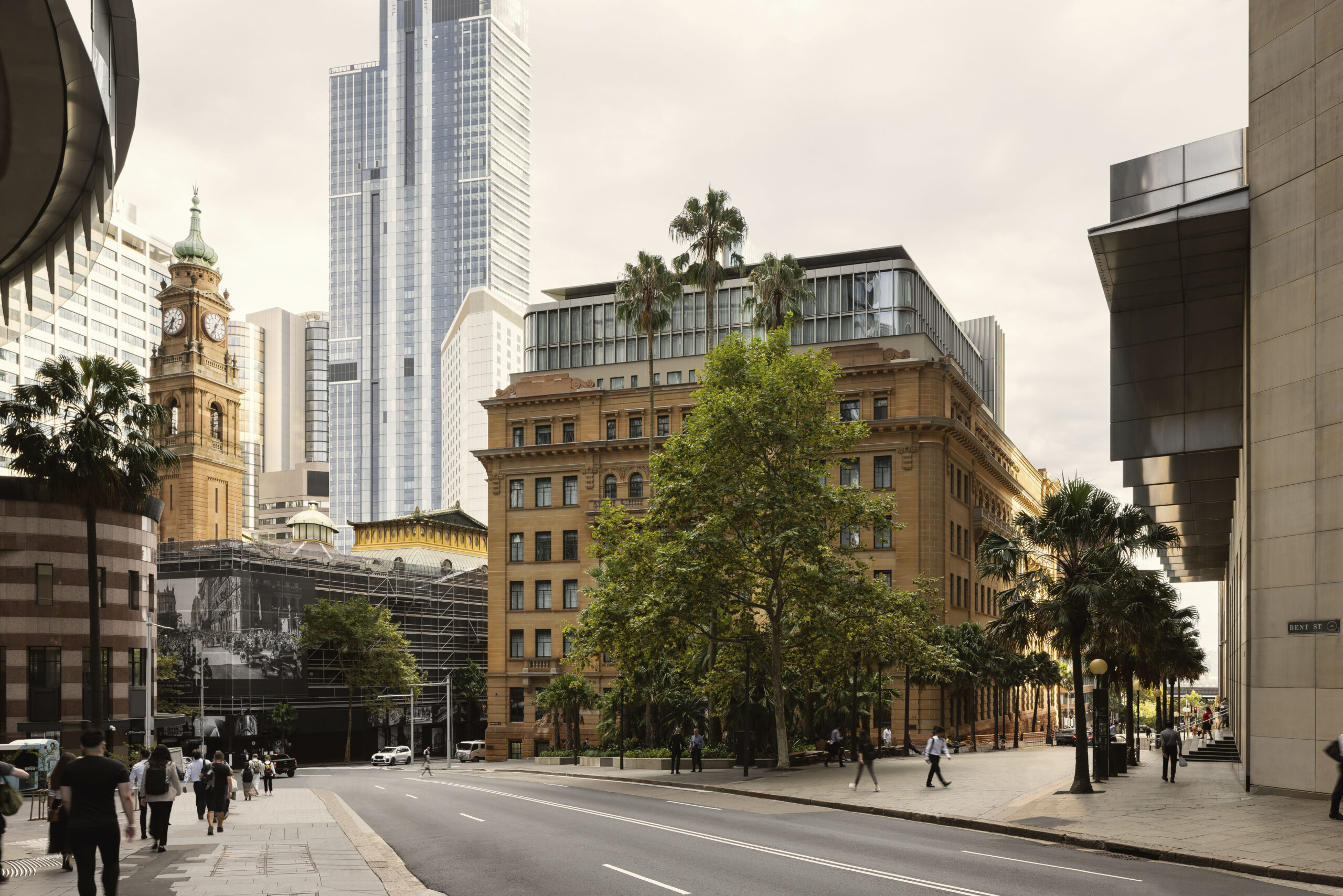
Drawing does allow you to invent buildings and settings that never existed, and when I no longer had time for topographical painting, I continued making little books and Christmas cards that often play on architectural themes and experiment with graphics. When I have taught in schools of architecture, it pains me that students have such limited drawing skills, and while their tutors may agonise about it, they do little to improve the situation. If too much drawing skill can make for superficial architecture, as the Edwardians came to think, it is still a desirable gateway to pass through on the route to the creation of three-dimensional form.

This post forms part of our series on The Architecture Drawing Prize: an open drawing competition curated by Make, WAF and Sir John Soane’s Museum to highlight the importance of drawing in architecture. From 17 October to 18 November 2018 the winning and shortlisted entries will be on display at the Soane Museum.







































































































































































































































































